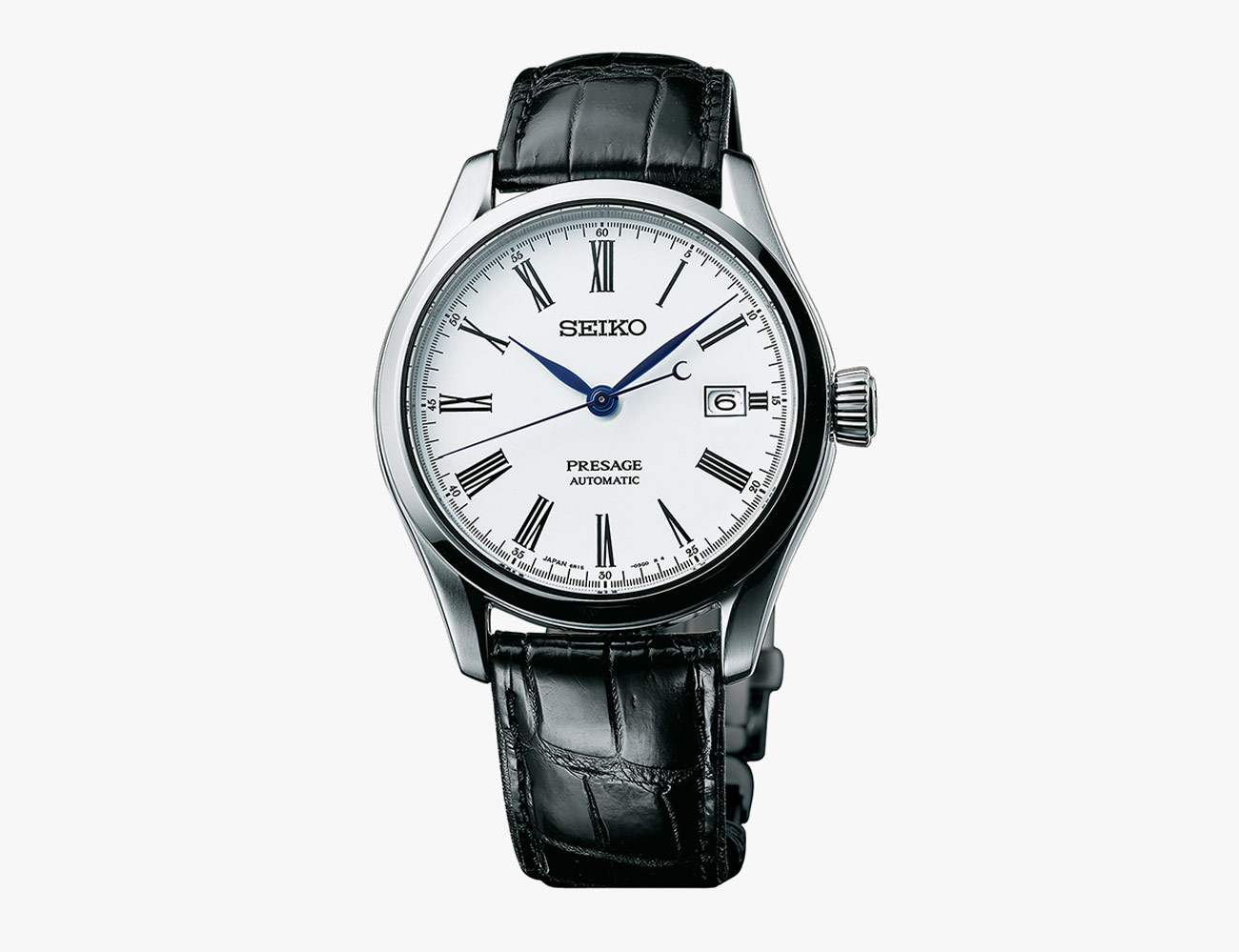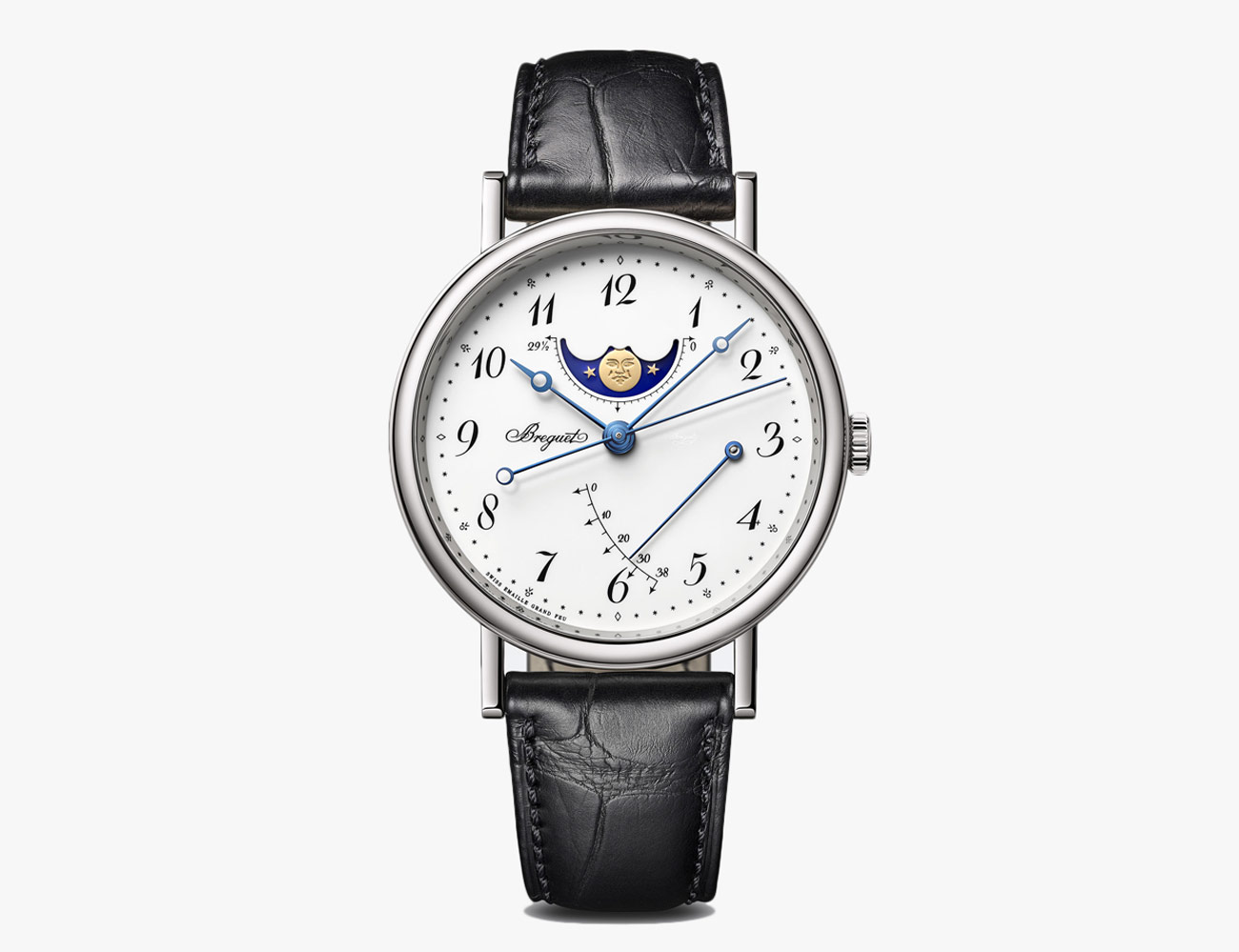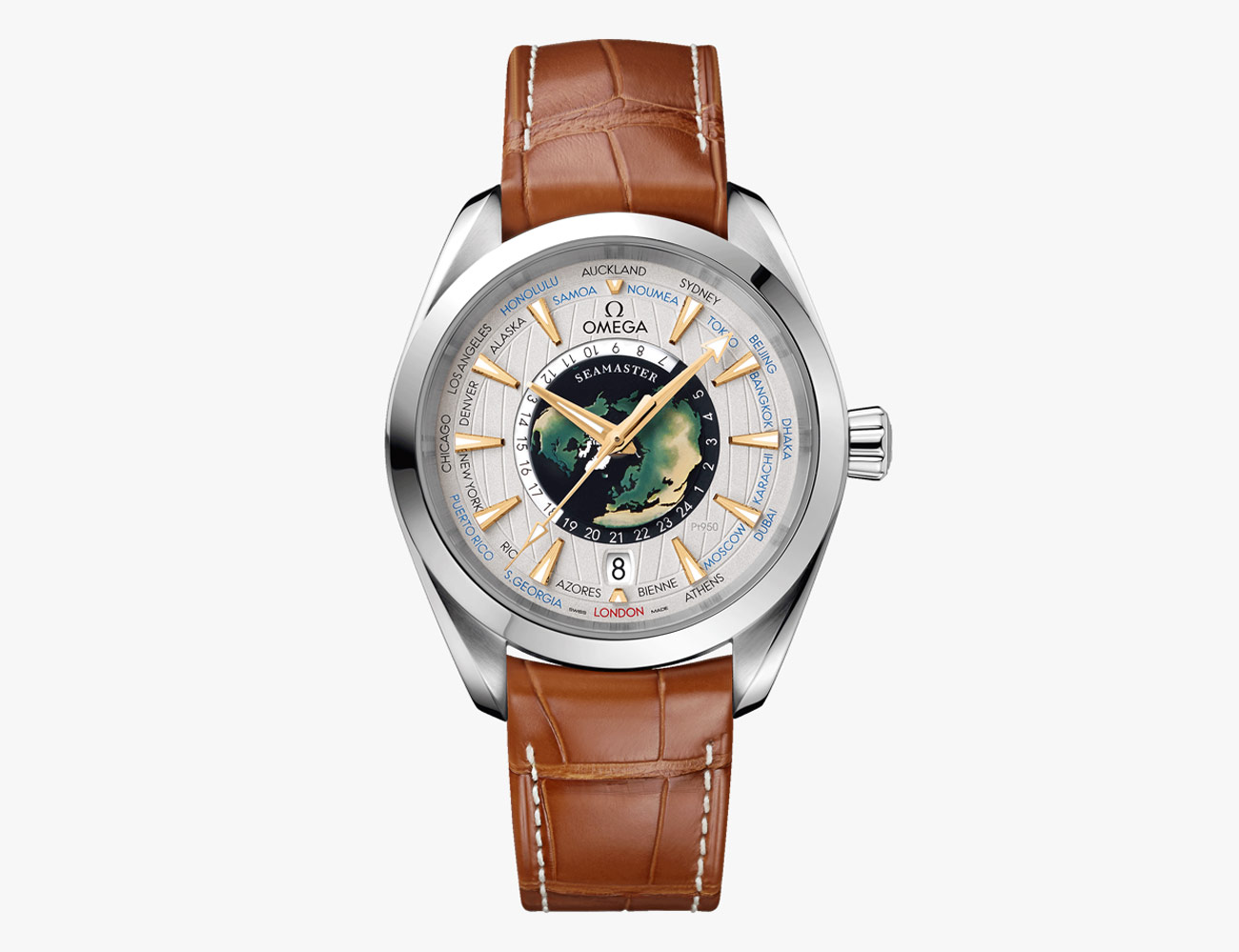Most watch dials start as a disc of raw metal. It doesn’t matter if your watch costs a few hundred dollars or a few thousand. That metal disc is then painted, machined and finished through a myriad of techniques that result in a dial that ranges from utterly forgettable to truly remarkable depending on who made it and how. Then there are a select few watches that forego that finishing and painting, opting instead for a coating of enamel. These enamel dial watches are all stunningly beautiful. They also almost all cost as much as a luxury car to acquire.
This is because enamel dials are, frankly, a pain in the ass to make. They’re created by fusing a soft glass made mostly from silica onto a metal substrate in a really hot oven. That’s the basic process anyways. There are more specific techniques. In grand feu enameling, for example, that process is repeated in layers. In cloisonné, enamel is painted metal inlays made out of wire (the wire is raised from the dial, thus creating the edges of the design). Champlevé is essentially the opposite of cloisonné, where the enamel is painted into engraved spaces in the metal. It can take days to complete one dial through cloisonné or champlevé.
Cloisonné and champlevé may produce incredibly intricate designs but even the seemingly simple grand feu dial is still incredibly tricky. Grand feu is far from a consistent art, and even things like changes in weather can result in fractured, bubbled or blemished dials that need to be scrapped and redone. In fact, it’s such a difficult process that even high-end watchmakers like Patek Phillipe who pride themselves on their in-house manufacturing rely on outside firms — like Donzé Cadrans — to make enamel dials for them. Donzé Cadrans’ director even told The New York Times that as much as 75 percent of its dials can’t be used due to defects.
So why go through all the trouble and expense? Well, many watchmakers don’t, often opting for a lacquered dial that imitates the look of enamel instead. But a true enamel watch simply gives off a radiant sheen and creamy texture that has to be experienced in person to appreciate. After all, the dial makes up so much of a watch’s personality that it’s worth going to extremes to produce something so eye-catching. That’s especially true in the world of ultra-high-end watches, where so much of the appeal lies in doing it just because you can.
Seiko Presage SPB047
Seiko’s SPB047 is one of the few fully-enamel dial watches that doesn’t cost a small fortune to acquire. This new addition to Seiko’s growing Presage lineup comes with a dial produced by the brand’s own enamel expert who has been working with the material since the early 1970s. The dial is pre-shaped in iron, then an enamel glaze is applied then fired in a kiln. Roman numerals are then printed on to complete it.
Movement: Seiko 6R15 automatic
Case Diameter: 40.5mm
Case Material: Stainless steel
Ulysse Nardin Classico
Even at $8,800, this classically-styled dress watch from Ulysse Nardin is on the entry-level side for enamel dial watches. Its blue dial is made through the grand feu technique, but what really sets it apart — and makes it an even greater value for the money — is the fact that the blue enamel rests over a dial finished with intricate guilloché patterning. Also helping the Classico’s case is an in-house movement from the brand utilizing silicon components.
Movement: Ulysse Nardin UN-320 automatic
Case Diameter: 40mm
Case Material: Stainless steel
Jaquet Droz Grande Seconde Quantieme
Jaquet Droz is mostly known for its complex automata, but occasionally the brand can completely nail a minimalist aesthetic. This Grande Seconde (named for the emphasis of the seconds hands) features a multi-tier (the date dial is recessed under the seconds) grand feu dial that emphasizes the material by its use of negative space.
Movement: Jaquet Droz 2660Q2.P automaatic
Case Diameter: 39mm
Case Material: White gold
Breguet Classique 7787
The Classique 7787 is a reference to the Breguet No. 5, an enamel-dialed moonphase pocket watch from the late 18th century. But despite its antique leanings, this feels like a totally modern recreation. The clean, almost scientific layout of the dial’s gauges and printing certainly helps, and they play nicely against the creamy white grand feu dial. Of course, that’s to say nothing of the beautiful blue-and-gold moonphase indicator.
Movement: Breguet 591DRL moonphase automatic
Case Diameter: 39mm
Case Material: White gold
Omega Seamaster Aqua Terra Worldtimer
There’s a lot that makes this Aqua Terra stand out from pretty much every other watch Omega makes. It’s the brand’s first world timer. It’s cased in platinum. It’s a limited edition of 87 that costs $48,600. There’s also the fact that the stunning multicolored map making up the inner portion of the dial is hand-enameled, no doubt a big contributor to that hefty pricetag.
Movement: Omega 8939 automatic world timer
Case Diameter: 43mm
Case Material: Platinum
Eschewing ho-hum black and white faces for stunning color and texture. Read the Story







